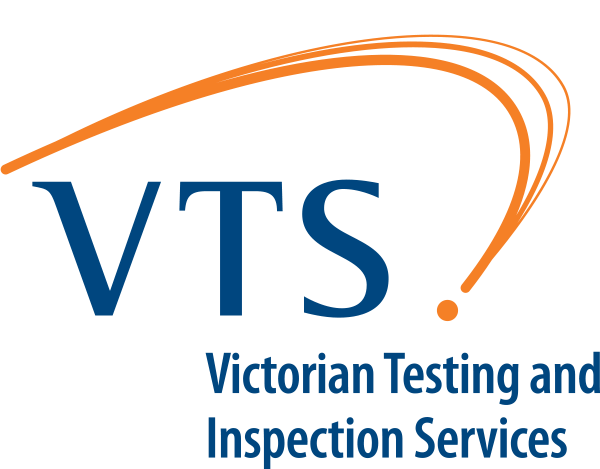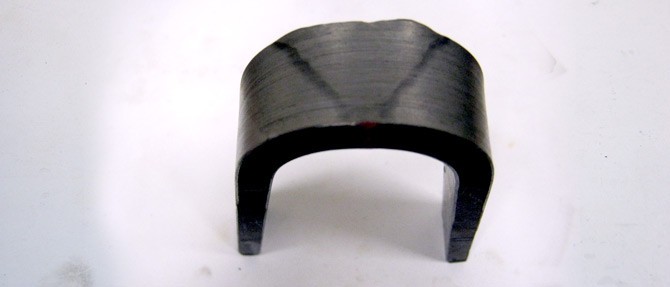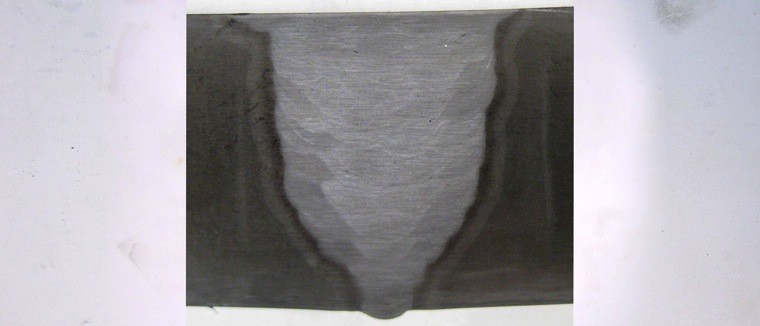In order to qualify a weld procedure, a qualification plate is welded according to the specification requirements. The actual test parameters are recorded at the time of welding to ensure the WPS was being followed. Various destructive and non-destructive tests are then carried out as per the specification requirements to establish compliance and suitability of the weld procedure.
SERVICES INCLUDE:
Break Test
Break testing involves breaking a weld sample to achieve a fractured weld face. The sample has load applied until the weld has failed. The failed sample is then inspected to establish the presence and extent of any welding discontinuities. This test will provide a good indication as to the extent of discontinuities within the weld. This type of weld inspection can detect such items as lack of fusion, internal porosity and slag inclusions. This testing method is often used in conjunction with the macro etch test as well as determining weld procedure qualification. These two testing methods complement each other by providing information on similar characteristics in different detail and in different ways.
Bend Tests
Bend testing is a test method in which a specimen is bent to a specified bend radius. Various types of bend tests are used to evaluate the ductility and soundness of welded joints. Guided bend tests are usually taken transverse to the weld axis and may be bent in plunger type test machines or in wrap-around bend test jigs. Face bend tests are made with the weld face in tension, and root bend tests are made with the weld root in tension. When bend testing thick plates, side bend tests pecimens are usually cut from the welded joint and bent with the weld cross section in tension. The guided bend test is most commonly used in weld procedure qualification as well as welder performance qualification tests. This type of testing is particularly good at finding liner fusion defects, which will often open up in the plate surface during the testing procedure.
Macroscopic Examinations
Macroscopic Examinations (macro tests) are used to assess weld quality. This method of testing typically involves the removal of small samples of the welded joint. These samples are polished across their cross-section and then etched usually by various acid mixtures, dependent on the base material used. The acid etch provides a clear visual appearance of the internal structure of the weld. Particular interest is often shown at the fusion line, this being the transition between the weld and the base material. Such items as depth of penetration, lack of fusion, inadequate root penetration, internal porosity, cracking and inclusions can be detected during inspection of the etched sample. This type of inspection is obviously a snapshot of the overall weld length quality when used for sampling inspection of production welds. This type of testing is often used extremely successfully to pinpoint welding problems such as crack initiation, when used for failure analyses.
VTS is able to conduct Macroscopic Examinations to a variety of metallic welded samples in accordance with all common test specifications as well as weld procedure qualifications.
Hardness Testing
The hardness of a material is its resistance to plastic deformation, usually by indentation. However, the term may also refer to stiffness or temper or to resistance to scratching, abrasion, or cutting. It is the property of a metal, which gives it the ability to resist being permanently, deformed (bent, broken, or have its shape changed), when a load is applied. The greater the hardness of the metal, the greater resistance it has to deformation.
VTS is able to conduct all common methods of hardness tests as well as onsite portable hardness testing.



